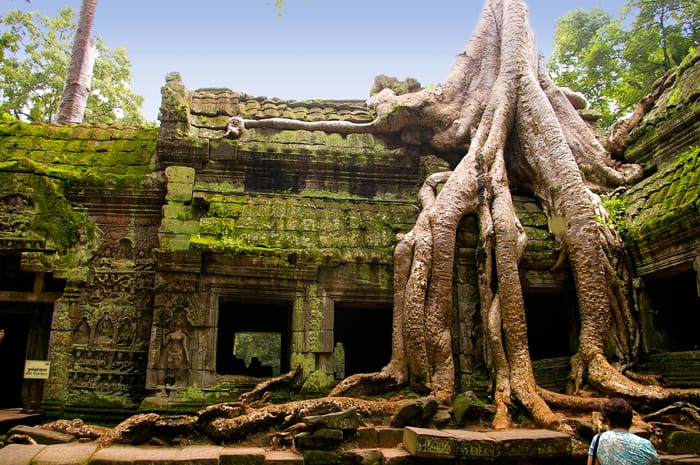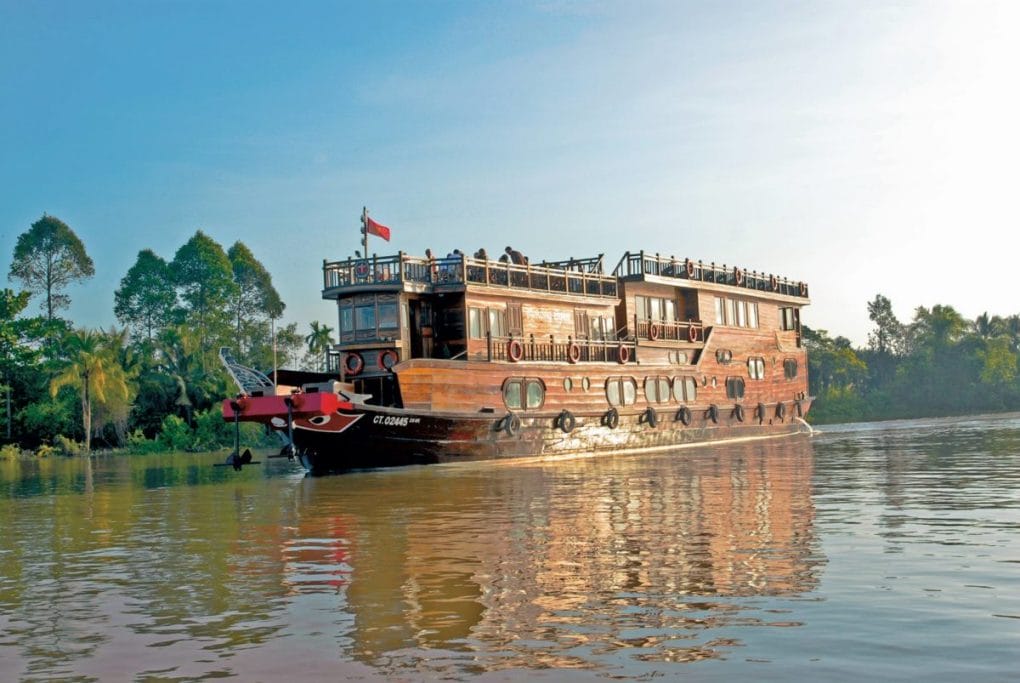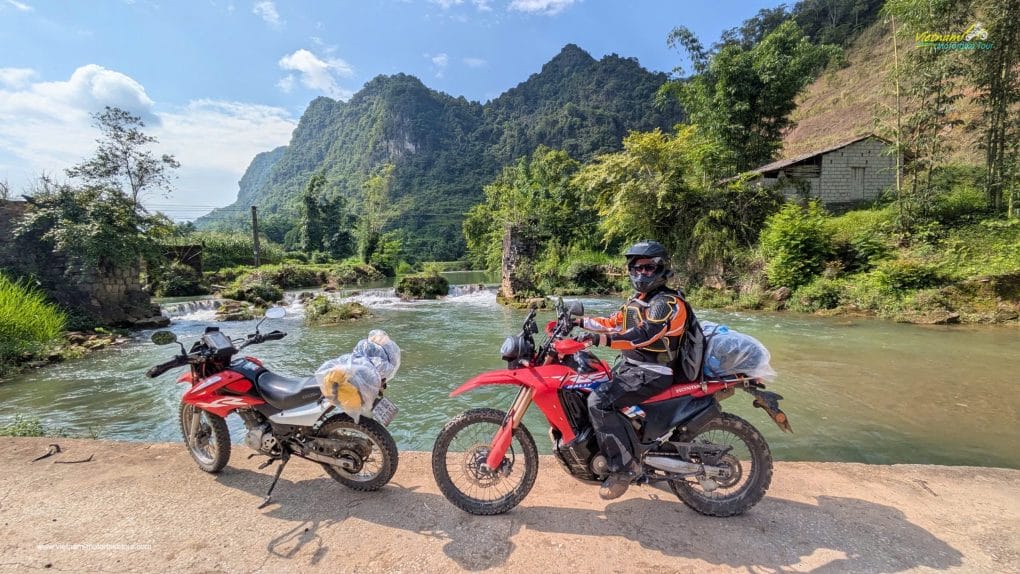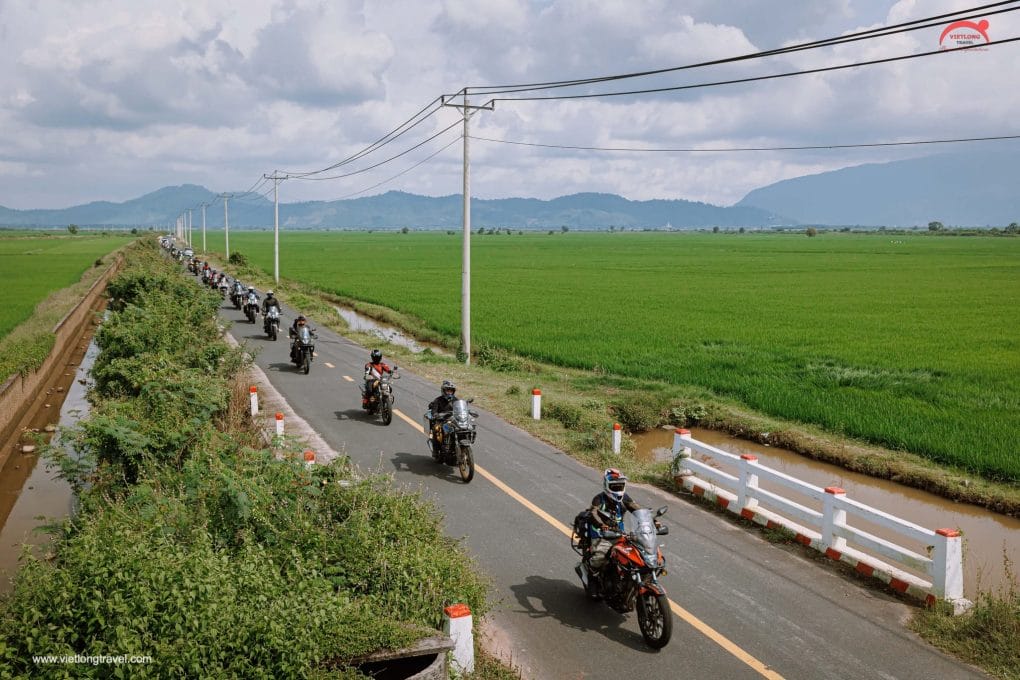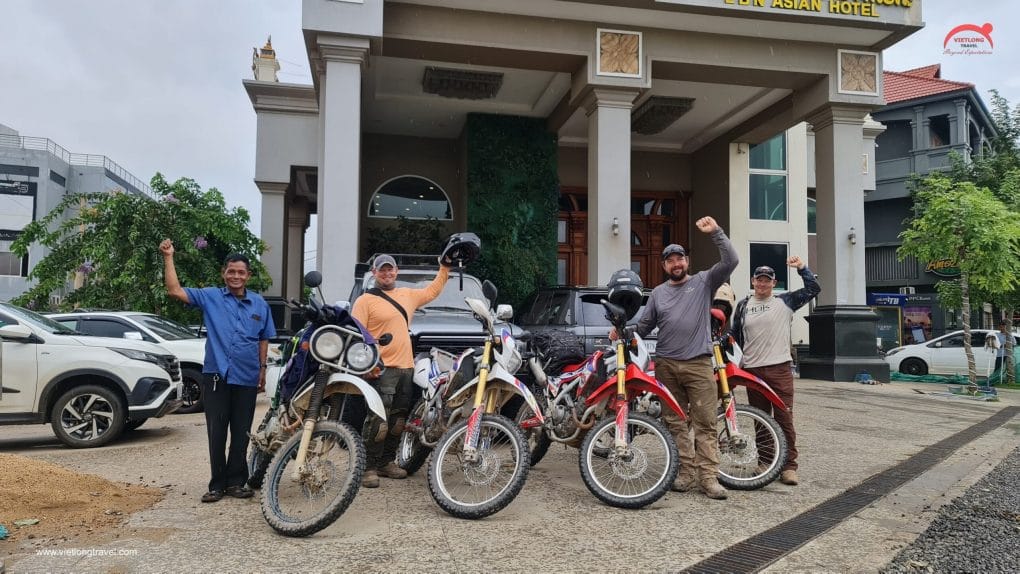Embarking on a Mekong River cruise from Vietnam to Cambodia is like stepping into a vibrant tapestry of cultures, landscapes, and history. The Mekong River, flowing through Vietnam and Cambodia, offers travelers an enchanting journey filled with picturesque views and unforgettable experiences. But before you set sail on this adventure, it’s crucial to understand the visa requirements for both countries. Let’s dive into all the essential information you need to ensure a hassle-free cruise along the mighty Mekong.
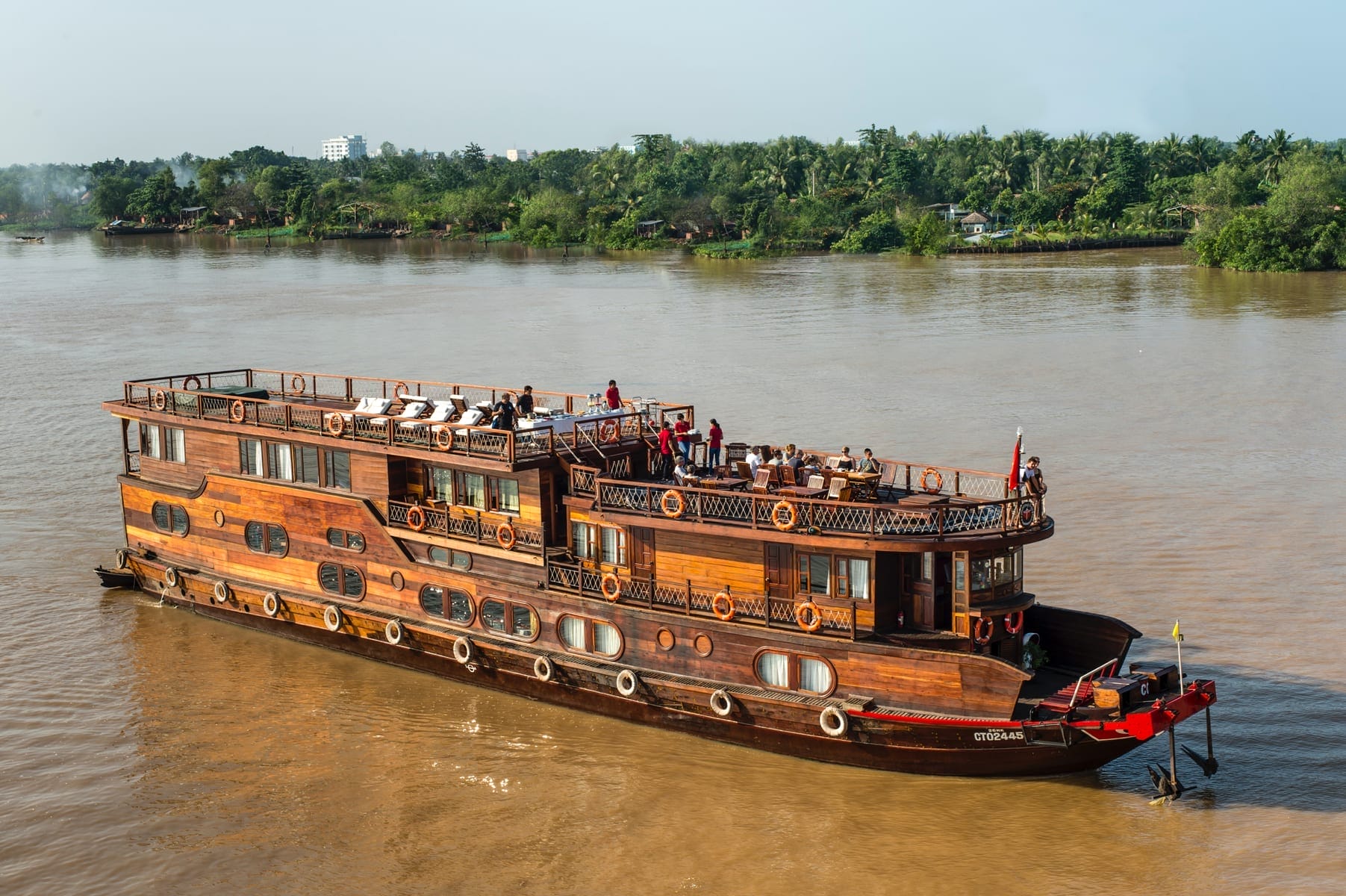
1. Understanding the Mekong River
The Mekong River, one of the world’s longest rivers, winds its way through several Southeast Asian countries, including Vietnam and Cambodia. Known for its scenic beauty and rich biodiversity, the river is a popular route for cruises that explore the cultural and natural wonders of the region. Popular cruise routes often include stops in cities like Ho Chi Minh City, Phnom Penh, and Siem Reap, offering travelers a unique glimpse into the daily lives of the local people and the history of these vibrant nations.
2. Visa Requirements for Vietnam
Understanding the visa requirements is essential when planning a cruise that includes Vietnam. Vietnam offers several types of visas for travelers, including tourist visas, business visas, and transit visas.
-
Types of Visas Available: The most common visa for tourists is the single-entry visa, which allows a stay of up to 30 days. There are also multiple-entry visas for those who plan to enter and exit the country more than once.
-
How to Apply for a Vietnamese Visa: You can apply for a visa through the Vietnamese embassy or consulate in your country. Alternatively, many travelers opt for the visa on arrival or e-visa options due to their convenience.
-
Visa Exemptions and Special Conditions: Some nationalities are exempt from needing a visa for short stays in Vietnam. It’s important to check if your country qualifies for this exemption.
3. Visa on Arrival in Vietnam
The visa on arrival (VOA) is a popular option for travelers flying directly to Vietnam.
-
Eligibility and Process: To be eligible for a VOA, you must arrive in Vietnam by air. You’ll need to fill out an online application form before departure, receive an approval letter, and present it at the visa on arrival counter upon landing.
-
Necessary Documentation: You’ll need your approval letter, a completed entry-exit form, two passport-sized photos, and a cash payment for the visa stamping fee.
-
Tips for a Smooth Visa on Arrival Experience: Ensure all documents are correctly filled out and that you have the exact fee amount in cash to avoid delays.

4. E-Visa for Vietnam
For added convenience, Vietnam offers an e-visa option for citizens of certain countries.
-
How to Apply for an E-Visa: You can apply for an e-visa online through the official Vietnamese government website. The process involves filling out an application form, uploading a passport photo, and paying the visa fee.
-
Processing Time and Validity: The e-visa typically takes three business days to process and is valid for 30 days with a single entry.
-
Costs Involved: The fee for an e-visa is usually around $25, making it an affordable option for travelers.
5. Visa Requirements for Cambodia
Much like Vietnam, Cambodia requires most travelers to obtain a visa before entering the country.
-
Types of Visas Available: Cambodia offers tourist visas (T class), business visas (E class), and transit visas. The tourist visa is valid for a 30-day stay and is suitable for most travelers.
-
How to Apply for a Cambodian Visa: You can apply for a visa at a Cambodian embassy or consulate or upon arrival at certain airports and border crossings.
-
Visa Exemptions and Special Conditions: Nationals of certain countries may enter Cambodia without a visa for short stays. It’s important to verify if you are eligible for this exemption.
6. Visa on Arrival in Cambodia
The visa on arrival (VOA) is a convenient option for those traveling to Cambodia by air or overland.
-
Eligibility and Process: Travelers from most countries can obtain a VOA at major airports and border crossings. You’ll need to fill out an application form upon arrival.
-
Necessary Documentation: A valid passport with at least six months of validity, a passport-sized photo, and a cash payment for the visa fee are required.
-
Tips for a Smooth Visa on Arrival Experience: Make sure to have all the required documents and fees ready to avoid long waits.
7. E-Visa for Cambodia
Cambodia also offers an e-visa option for travelers looking to streamline the entry process.
-
How to Apply for an E-Visa: The application can be completed online via Cambodia’s official e-visa website. You will need to fill out the form, upload a recent photograph, and pay the visa fee.
-
Processing Time and Validity: The e-visa is typically processed within three days and allows for a 30-day stay.
-
Costs Involved: The e-visa fee is around $36, which includes a processing fee.
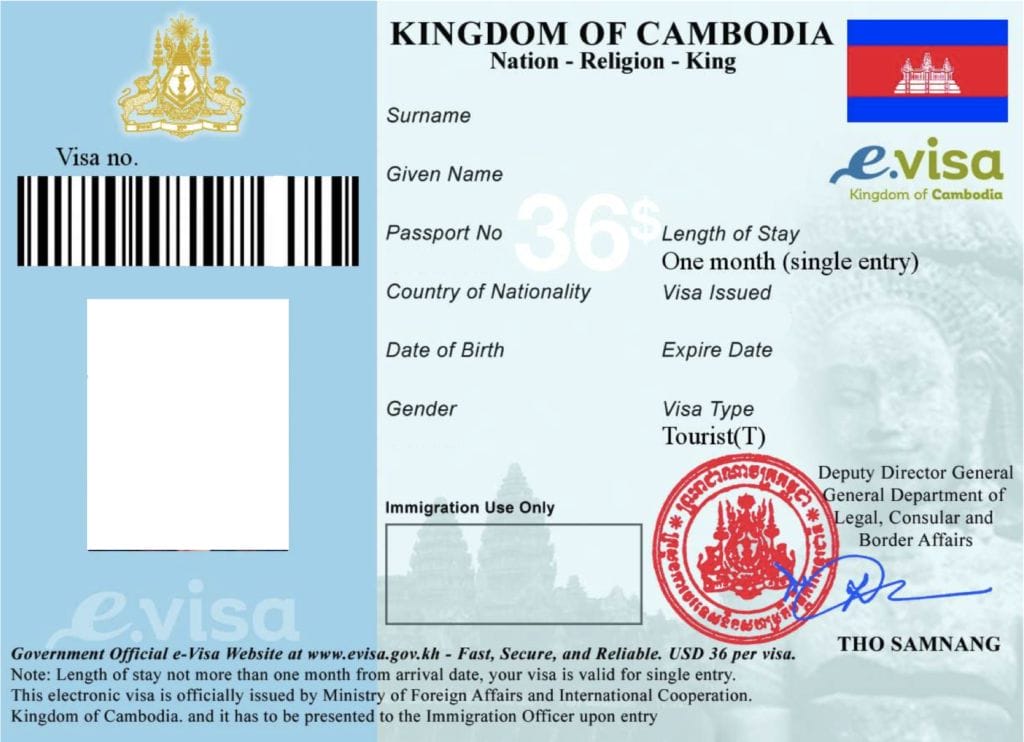
8. Traveling Between Vietnam and Cambodia
When cruising the Mekong River, you’ll likely cross between Vietnam and Cambodia. Understanding the visa requirements for crossing borders is crucial for a seamless journey.
-
Border Crossings and River Checkpoints: There are several checkpoints along the Mekong River where visas can be checked and stamped. Ensure your visa is valid for re-entry if you plan to cross multiple times.
-
Visa Requirements for Crossing the Border: Check whether you need a multiple-entry visa if your itinerary includes multiple border crossings.
9. Preparing for Your Mekong River Cruise
Before embarking on your cruise, make sure all your travel documents are in order.
-
Necessary Travel Documents: Besides your passport and visas, it’s wise to carry copies of your travel insurance, flight tickets, and any other essential documents.
-
Health and Safety Considerations: Consult your healthcare provider for any recommended vaccinations and be aware of local health advisories.
10. Tips for First-Time Travelers
If it’s your first time cruising the Mekong, here are a few tips to enhance your experience:
-
Best Time to Travel: The best time to cruise the Mekong River is during the dry season, from November to April when the weather is more predictable.
-
Cultural Etiquette and Customs: Respect local customs and traditions, such as dressing modestly when visiting temples and removing your shoes before entering someone’s home.
11. Common Mistakes to Avoid
Even seasoned travelers can make mistakes. Here are a few to avoid:
-
Overstaying Your Visa: Ensure you are aware of your visa’s expiration date to avoid fines and penalties.
-
Not Keeping Copies of Important Documents: Always keep a copy of your passport, visa, and other essential documents in a separate location from the originals.
12. Visa Extension Options
If you fall in love with the region and want to extend your stay, there are options for extending your visa.
-
How to Extend Your Visa in Vietnam and Cambodia: Visit the immigration office or contact a local travel agency to assist with the extension process.
-
Costs and Processing Time: Fees and processing times vary depending on the country and the type of visa extension you require.
Conclusion
Navigating the visa requirements for a Mekong River cruise from Vietnam and Cambodia might seem daunting, but with proper preparation, it’s a breeze. By understanding the different visa options and planning accordingly, you can focus on what truly matters: enjoying the stunning landscapes, rich cultures, and unforgettable experiences along the Mekong River. So, get your documents ready and set sail on the adventure of a lifetime!
FAQs
-
Do I need a visa for both Vietnam and Cambodia when cruising the Mekong River?
Yes, you will need separate visas for Vietnam and Cambodia unless your nationality qualifies for a visa exemption. -
Can I get a visa on arrival for Vietnam and Cambodia when traveling by river?
Visas on arrival are generally available at airports, not river checkpoints. Check specific border policies before your trip. -
How long does it take to process an e-visa for Vietnam and Cambodia?
E-visas for both countries typically take three business days to process. -
What should I do if I overstay my visa in Vietnam or Cambodia?
You should contact the nearest immigration office to resolve the overstay. Fines and penalties may apply. -
Is it possible to extend my visa while on a Mekong River cruise?
Yes, you can extend your visa, but you’ll need to visit an immigration office or use a travel agency’s services in either Vietnam or Cambodia.




